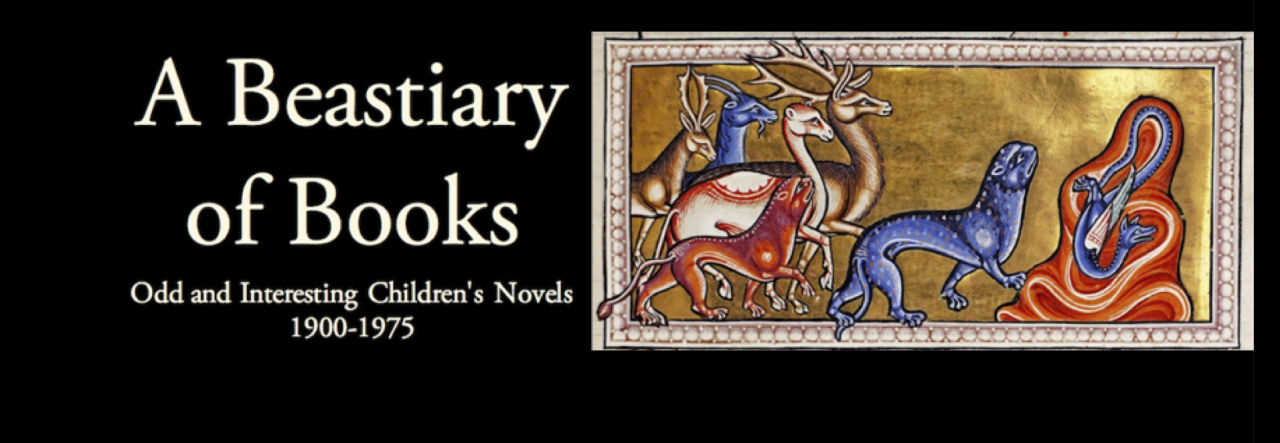
I guess it’s Narnia Season! If you don’t like Narnia, maybe skip my blog for the next month or two. (Or, come on in and tell us why you don’t like Narnia.)
In the post before last, I mentioned that Laura Miller, author of The Magician’s Book, came to feel betrayed by Narnia in different way than I did. Miller was raised in a Christian tradition of guilt and tedium, and what (she thought) she found in Narnia as a child was a glorious escape from all that. When she realized the truth she was horrified.
I, on the other hand, was still a believer when my 5th grade teacher laid out the allegory for us point by point. I was never fooled into thinking Narnia was secular or pagan. And I personally thought it was awesome. I felt like I was being initiated into some kind of Masonic-like secret. (My own later sense of betrayal came when I realized how, despite all the fauns and fountains, C.S. Lewis’s world view was rotten to the core. More on that in a later post.)
What strikes me now, looking back, is how naturally we all took to the idea of allegory (or metaphor, or symbolism, or whatever you want to call what Lewis was doing). Whatever else one might say about Lewis, he did symbolism right, in a way that enhanced the emotional impact of the story, and in a story that had its own inherent appeal.
So it came about that I was shocked to my core by the high school death-march through Bartleby the Scrivener. This probably had something to do with me not taking a single literature course in college. As far as I was concerned, the experts were doing it wrong.
Even as a post-college adult, trying to take a more nuanced look at the issue, I have been disappointed. For a time I was an Isak Dinesen fan, and after the movie Babette’s Feast came out I made a point of tracking down the original story. The writing is masterful, and the allegory — briefly, Babette gives up everything she has to provide a feast for twelve people who at first do not know how to appreciate it, but by the end are transformed — is delicately handled and holds one’s attention.
But the problem is, the story entirely fails to work at a literal level. TAKE THE MONEY AND RUN, BABETTE!
The literary world was so taken with this feat of extended metaphor that they seemed not to notice that such devices should be there to serve the story, not the other way around.
So that is the tale of how Narnia spoiled me forever for Serious Literature. Join us next week for a look at Prince Caspian.
